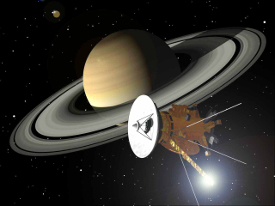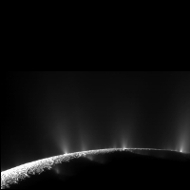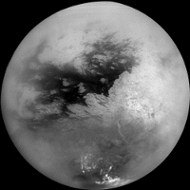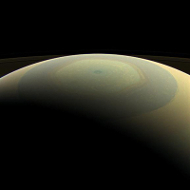Students explore Saturn and its moons in the Cassini competition
12 May 2017
Since its arrival at Saturn in 2004, the international Cassini-Huygens mission has made numerous discoveries about the beautiful planet, its fascinating rings, and mysterious moons. The stunning images of the Saturnian system taken by the Cassini spacecraft provide the inspiration behind the ‘Cassini scientist for a day’ competition that is designed to give school students a taste of life as a space scientist. Over 1400 students from across Europe participated in the 2016–2017 competition and the winners have now been selected.'Cassini scientist for a day' is an international competition, with students from all over the world taking part. NASA/JPL runs the contest in the United States, while ESA coordinates the competition in Europe, with a national organiser and a panel of judges in each country that competes.
To enter, students needed to first research three selected scientific targets imaged by the Cassini spacecraft over the past few years. Students then chose the one target that they thought was the most scientifically interesting and wrote a 500-word essay describing why.
For the 2016-2017 competition, students could choose between: ice plumes at the south pole of Enceladus, the lakes of Titan, and the hexagon at Saturn's north pole.
A full list of European winners can be found here.
More than 1400 students entered the competition, some of them collaborating in teams of up to four people. Each participating country selected their national winners, all of whom will receive a selection of ESA gifts, as well as having their essays published on the ESA website. All participants will receive a certificate recognising their contribution to the competition.
The Cassini-Huygens mission
 |
| Artist's impression of Cassini at Saturn. Credit: NASA. |
The Cassini–Huygens mission is a cooperative project of NASA, ESA and the Italian Space Agency (ASI). Launched in 1997, the Cassini-Huygens spacecraft arrived in the Saturn system in July 2004. On 25 December 2004, the Huygens probe was released from the orbiter and parachuted through the atmosphere to land on the surface of Saturn's largest moon, Titan, on 14 January 2005.
After more than a decade of ground-breaking discoveries, orbiting Saturn and providing scientists with an abundance of information about the giant planet and its moons, Cassini is approaching its end. Now in its final phase, the last orbits of Cassini will be spectacular. The spacecraft will orbit close to Saturn and its rings, before taking a final plunge into Saturn’s atmosphere on 15 September 2017. Over its 13-year mission, Cassini will have covered about half of Saturn’s orbit, in which the planet takes 29 years to circle the Sun.



